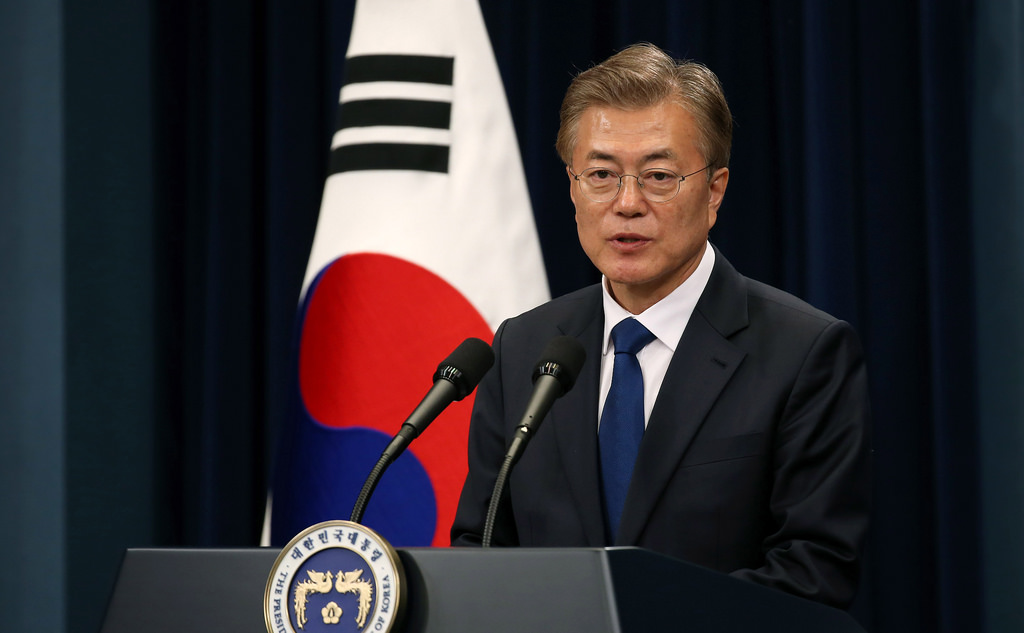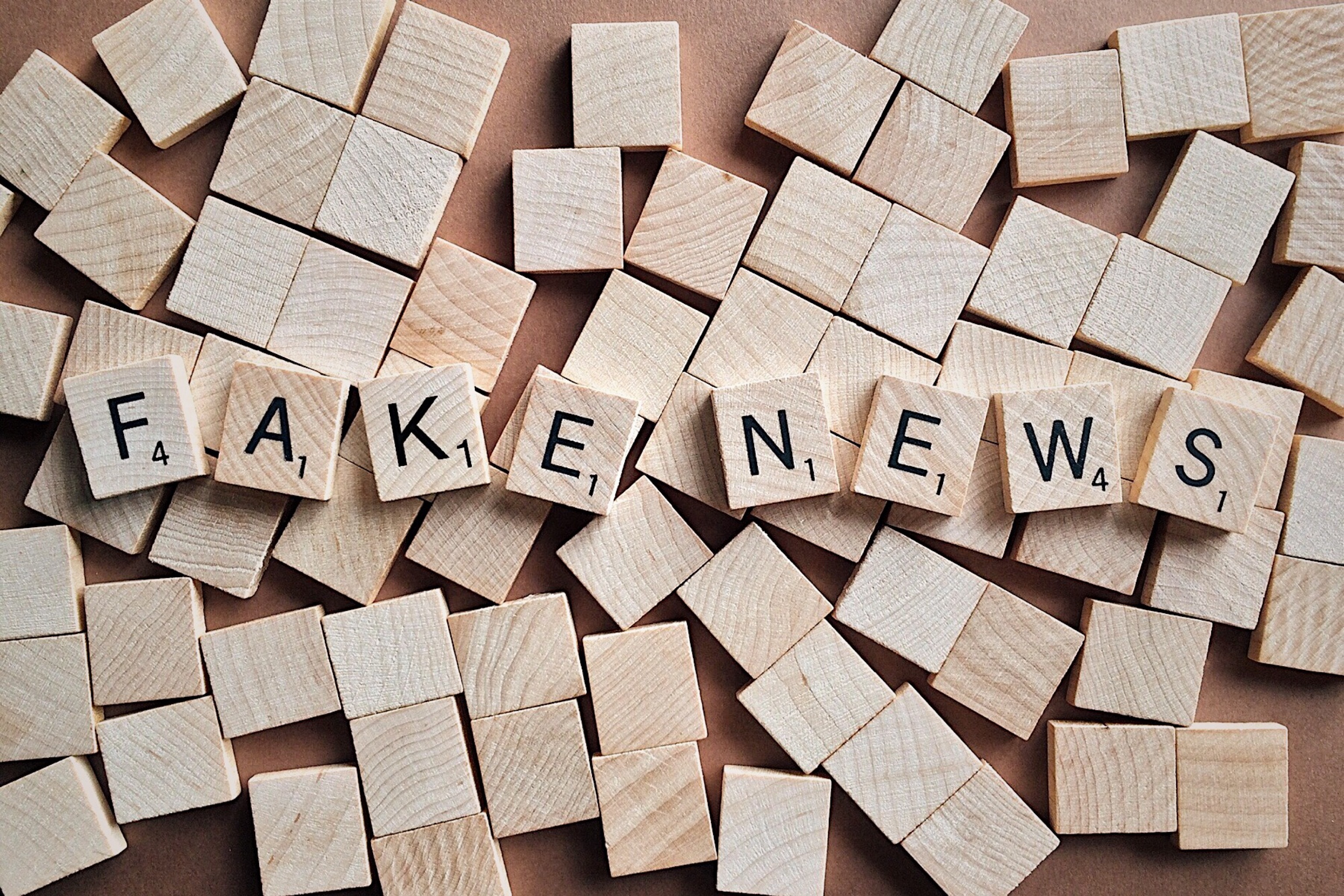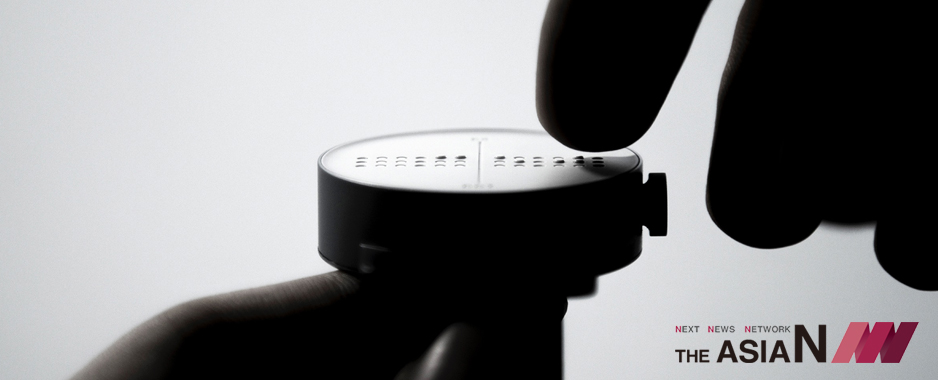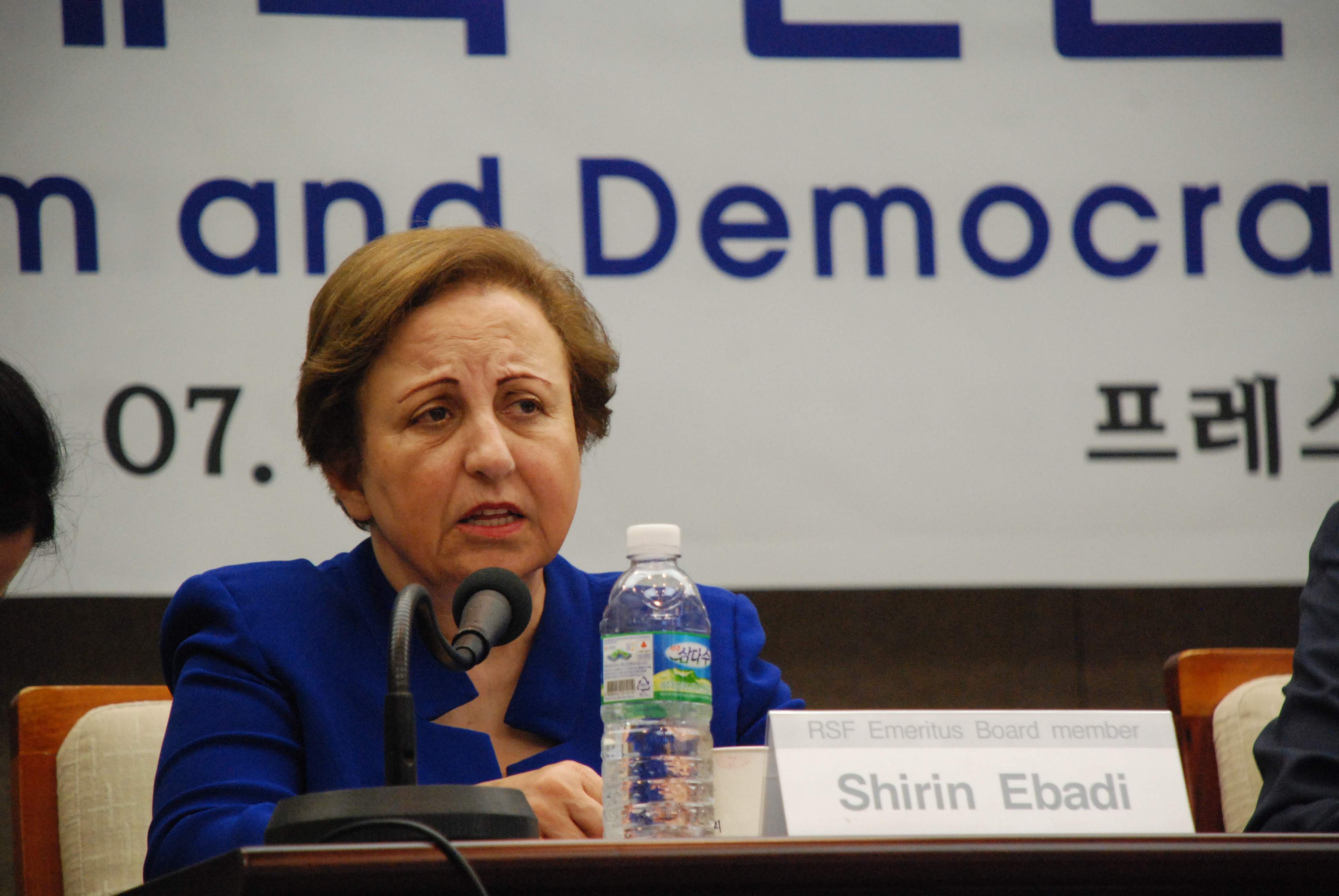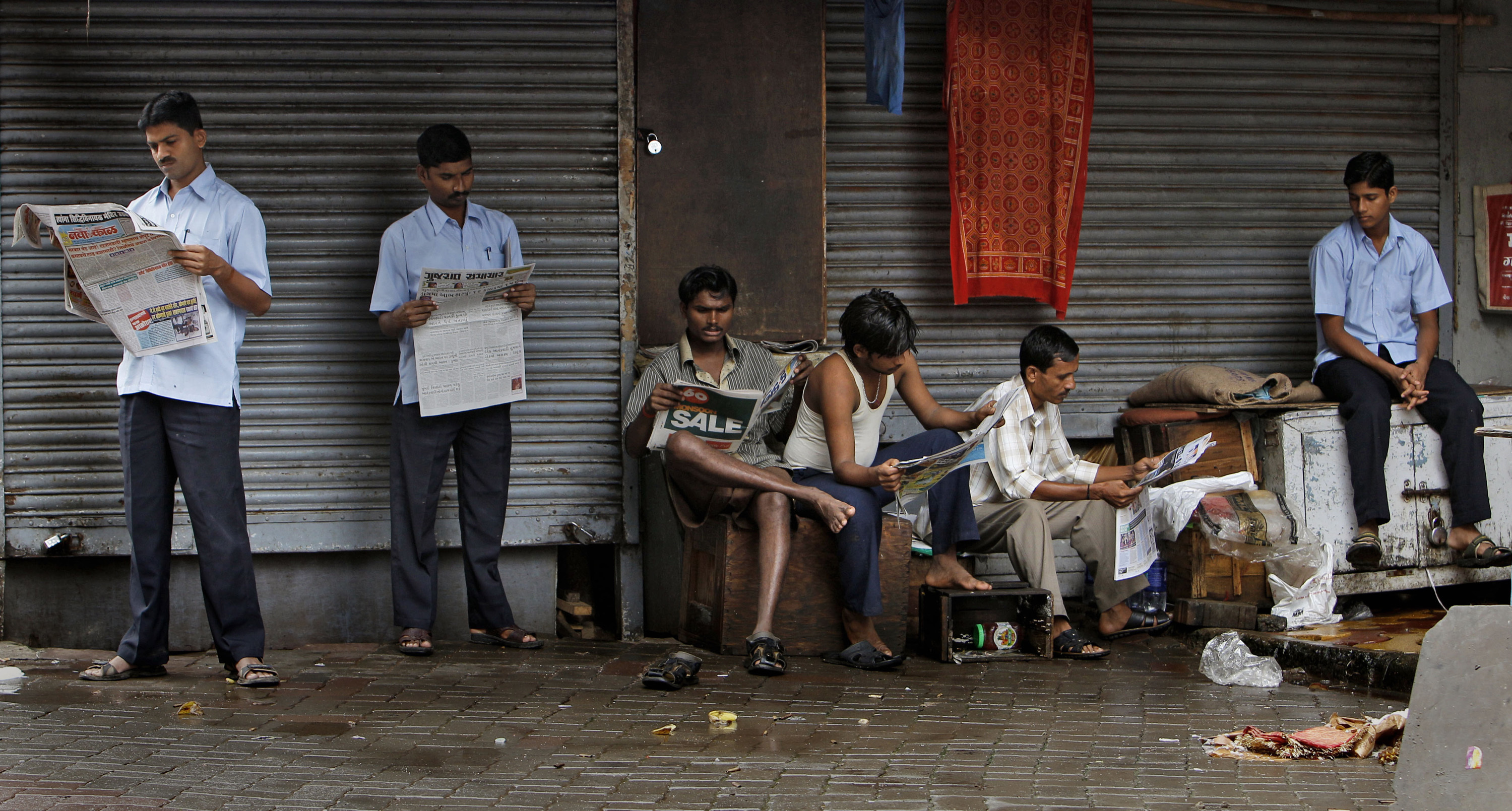
The Menace Of Fake News
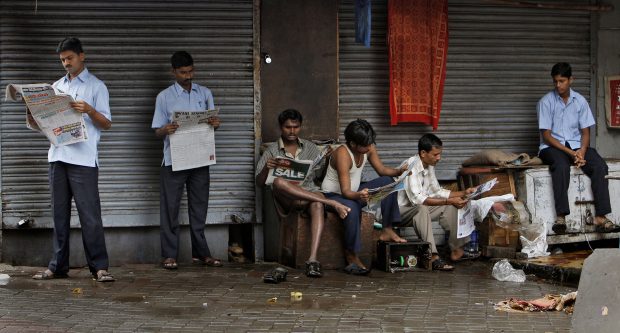
Last April, the office of the Indian Cabinet Minister for Information & Broadcasting, Ms. Smriti Irani, issued a directive. It lay down new guidelines punishing journalists for publishing fake news.
Understandably, there was fierce and widespread criticism from the journalists. “These norms are an attempt to intimidate and muzzle the free press in an election year”. The very next day, Prime Minister Modi instructed the Information and Broadcasting Ministry to withdraw its order.
In its press release, the ministry had cited the rising incidence of fake news and announced that it had amended guidelines for accreditation of journalists. Accordingly, the accreditation of a journalist found to have “created and/or propagated” fake news, would be suspended for six months. With the second violation, it would be suspended for a year and then permanently cancelled.
The prescribed norm was that the complaint is registered with the two regulatory bodies of the print and broadcast media, The Press Council of India and The News Broadcasters Association. They would determine the veracity of a news report, within 15 days and until their decision, the accreditation of the journalist would stand suspended.
On the face of it, the original directive sounded ominous. For a truly democratic country, which is a signatory to the Geneva Convention for the freedom of press, this was unthinkable.
However, in the past two decades, the complexion of journalism has got somewhat distorted the world over. It has become more like the children’s game, Chinese Whisper, where the final words are far removed from the first ones.
In recent years, some of the Indian journalists have begun playing politics by partisan reporting. Some within the fraternity have got themselves well-entrenched within one political party or the other. They use the proverbial double-edged sword to the advantage of their favourite political party. Objectivity, that the profession demands, has taken a back seat.
Prime Minister Modi had witnessed the political fallout of media censorship during ex-Prime Minister Ms. Indira Gandhi’s era of emergency in the mid-70s. He has, very astutely, steered through his minister’s misadventure when elections are due in several states prior to the big national elections.
Besides “Fake News”, the complexion of journalism has more sinister brands like “Paid News” and “Hate News”. Unfortunately, the life of such “brands” of “news” gets a fillip from the social media applications like Facebook, Twitter, You Tube, Whatsapp and many others. The net- savvy common men and women participate and help the content go viral and begin to impact the social and political environment in a country.
India is not alone in struggling to find solutions to this menace. In early April, the Malaysian Parliament, led by Prime Minister Najib Razak, passed the Anti-Fake News bill. Opponents criticized the bill for possibly impeding free speech and attempting to censor the prime minister’s involvement in a multibillion-dollar scandal.
Germany introduced a plan that fined social media platforms if they didn’t remove posts that included hate speech. Regulators from the Philippines had been debating how to deal with fake news in their own country, but said in February that banning fake news outright would be “unconstitutional.”
According to Sean Illing of VOX, “President Donald Trump claims he coined the phrase “fake news.” (He didn’t.) But the actual art of “fake news” was pioneered by the Russians in the 1990s and 2000s, and they used it to try to help Trump win the 2016 presidential election”.
Over the years, the conventional media journalists in India got used to hobnobbing with the powerful ruling party politicians and senior bureaucrats. The relationship turned into some kind of quid pro quo, with both feeding on each other. It became a cabal.
It was customary for plane-loads of journalists to travel with the Prime Minister on state visits. It allowed them proximity of power as state guests, where they attended grand banquets and rubbed shoulders with the rich and powerful hosts. Within the country, some wielded enough power to even to advice “powerful” politicians, which portfolio to allocate to whom in the cabinet.
The genesis of fake news and paid news in India is unique and has a political history. Unfortunately for the well-entrenched cabal, in 2014 elections in India, the electorate decided to vote for BJP and Prime Ministerial candidate Narendra Modi. The change at Delhi has not go down well with the conventional media, which includes the left and liberal intellectuals. Prime Minister Modi refused to play ball with hostile media.
In his book “The Modi Effect”, Lance Price, a former British journalist, quotes Arvind Gupta of the BJP, “Modi camp felt “powerless” about getting heard in the mainstream media. Our response was totally dependent on them and what they decided to report….social media changed the entire scenario”.
The battle field of “Fake News” has got expanded from conventional media to social media. The polity has got sharply divided in the middle, “for and against”. The social media is now being used by both leading and other parties for hurling abuses with fake news, fake videos and fake morphed photos.
With social media dismantling the great nexus between the media honchos, politicians and industry barons, the profession of journalism has taken a beating.
Will it ever be once again as before, is only a matter of guess. Mainstream journalists accept there are serious problems and the fraternity needs to introspect deeply before the hammer justifiably falls on them.



